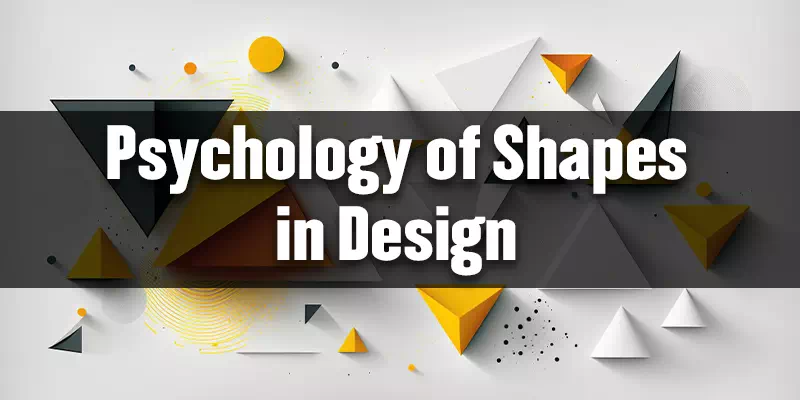Understanding the psychology of shapes is of utmost importance in design. Because it allows designers to create visual experiences that resonate deeply with viewers. Shapes evoke specific feelings, convey messages, and create a visual language that transcends cultural and language barriers. An understanding of shape psychology empowers designers to create meaningful and impactful designs that leave a lasting impression on the audience.
Shapes have a profound influence on emotions, perception, and communication in visual design. Different shapes evoke distinct emotional responses, whether it’s the calming effect of circles, the sense of stability conveyed by squares or the energetic movement of triangles. Shapes also affect how we perceive visual information. The arrangement, size, and proportions of shapes can convey messages, represent objects or communicate concepts. By understanding how shapes impact emotions, perception and communication, designers can strategically enhance the overall visual impact of their designs.
Important Shapes and Their Psychological Impact in Design
Circles
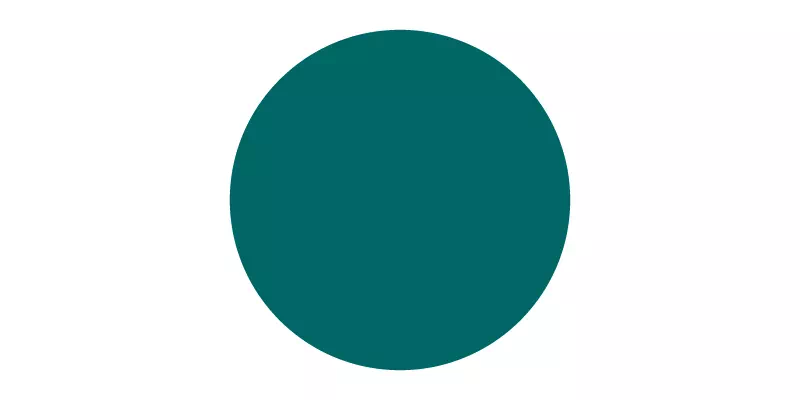
- Symbolic representations: Circles symbolize unity, eternity, and harmony. They are often associated with inclusiveness, community, and interconnectedness.
- Psychological impact and emotional response: Circles evoke emotions of balance, wholeness, and serenity. They can create a sense of calmness, continuity and completeness in designs.
- Where can you use this? Circles can be used in various design elements such as logos, icons, buttons and backgrounds. They are particularly suitable for conveying a friendly and approachable vibe. Additionally, circles can be used in designs related to wellness, spirituality, or community-based initiatives.
Squares and Rectangles

- Symbolic representations: Squares and rectangles symbolize stability, order and reliability. They are often associated with structure, balance and rationality.
- Psychological impact and emotional response: Squares and rectangles evoke emotions of solidity. They also provide professionalism and trustworthiness. They can create a sense of stability, organization and groundedness in designs.
- Where can you use this? Squares and rectangles can be used in layouts, grids, frames, and borders. They are especially suitable for conveying a sense of structure, professionalism and balance. These shapes are commonly used in branding, corporate designs and architectural designs where their clean and straight lines communicate a sense of order and reliability. Squares and rectangles can be also used to represent products or objects that emphasize precision and stability.
Triangles
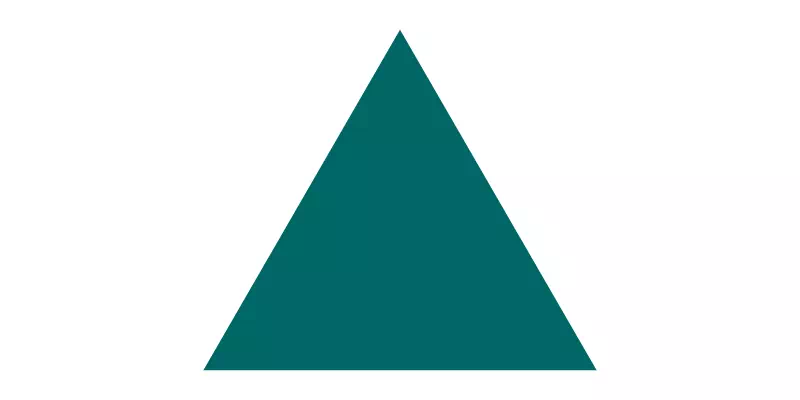
- Symbolic representations: Triangles symbolize energy, dynamism and movement. They represent ambition, progress, and change.
- Psychological impact and emotional response: Triangles provide emotions of excitement, tension and direction. You can get a sense of forward motion, innovation and intensity in your designs.
- Where can you use this? Triangles mainly used to add visual interest and create a focal point in designs. They are often used to convey a sense of dynamism and adventure. Triangles can be incorporated into logos, icons, and backgrounds to create a modern and edgy look. They are also commonly used in designs related to technology, sports and fashion, where their energetic and directional characteristics align with the intended message.
Curves and Swooshes
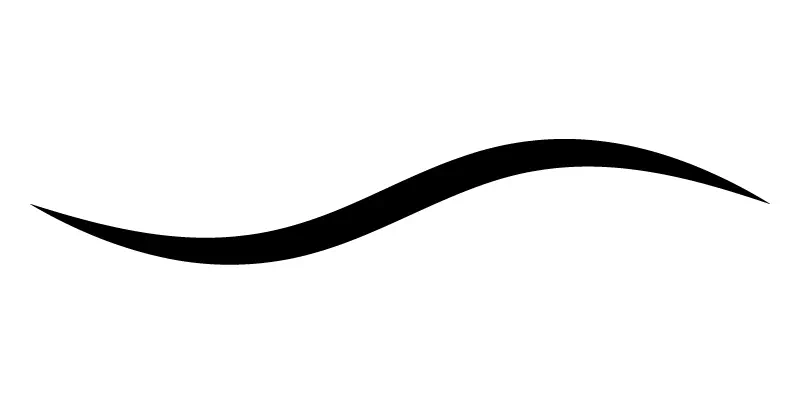
- Symbolic representations: Curves and swooshes symbolize fluidity, grace and natural forms. They can represent movement, flexibility and organic elements found in nature.
- Psychological impact and emotional response: Curves and swooshes evoke emotions of elegance, comfort and softness. They can create a sense of flow, energy and dynamism in designs.
- Where can you use this? Curves and swooshes give you a sense of movement and grace in your designs. You can use them in logo designs, where they can convey a sense of creativity, sophistication and approachability. Curves and swooshes can also be used in illustrations, website designs and product packaging to create a sense of fluidity and visual interest. These shapes are often utilized in designs related to beauty, fashion and wellness.
Geometric Patterns and Abstract Shapes
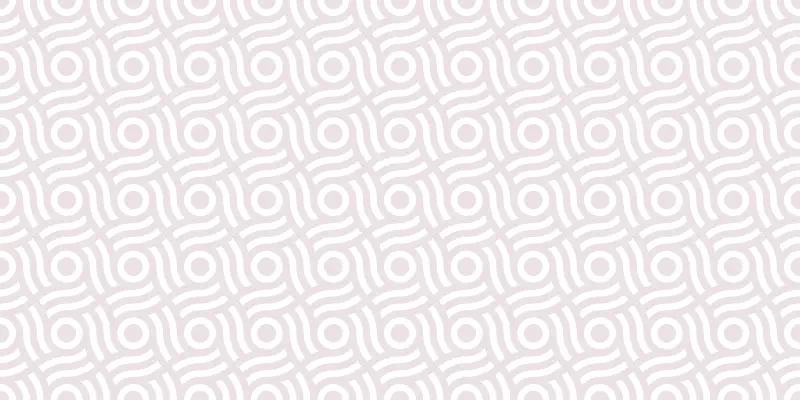
- Symbolic representations: Geometric patterns and abstract shapes can have diverse symbolic representations based on cultural and personal interpretations. They can symbolize complexity, creativity, interconnectedness and uniqueness.
- Psychological impact and emotional response: Geometric patterns and abstract shapes can evoke a range of emotional responses depending on their characteristics. They can create a sense of intrigue, curiosity, and visual stimulation. The specific emotions may vary based on the individual’s personal experiences and cultural background.
- Where can you use this? Geometric patterns and abstract shapes are often employed in backgrounds, textiles, packaging designs and visual art to add visual interest and create a unique aesthetic. Geometric patterns and abstract shapes can be especially effective in modern and minimalist designs. They are also utilized in designs related to technology, science and innovation, where they convey a sense of complexity and forward-thinking.
Lines and Arrows

- Symbolic representations: Lines and arrows can symbolize direction, movement, connection and progress. They are mainly used to represent pathways, guidance and transitions.
- Psychological impact and emotional response: Lines and arrows serve the emotions of clarity, purpose and direction. They create a sense of structure, order and focus. Straight lines may convey stability and precision, while curved lines can evoke a sense of flow and movement.
- Where can you use this? Lines and arrows have versatile applications in design. They can be used in diagrams, charts and infographics to visually represent relationships, processes and flow. Lines can guide the viewer’s eye and create visual hierarchy in layouts. Arrows can indicate direction, progression or call-to-action elements. They are also commonly used in web design, signage and wayfinding systems to provide clear navigation and guide users towards specific actions or destinations.
Spirals

- Symbolic representations : Spirals symbolize growth, evolution, expansion and the cyclical nature of life. They can represent journey, transformation and the continuous flow of energy.
- Psychological impact and emotional response: Spirals evoke emotions of curiosity, intrigue and a sense of wonder. They can create a feeling of movement, rhythm and a connection to the natural world. Spirals are often associated with a sense of harmony and balance.
- Where can you use this? Spirals can be incorporated into logos, illustrations, and patterns to convey creativity and an organic feel. Spirals can also be used in designs related to spirituality and self-discovery, where they represent a journey of personal development. Additionally, spirals can be used in decorative elements, such as ornaments or borders, to add an element of visual intrigue and captivate the viewer’s attention.
Abstract Shapes and Negative Space
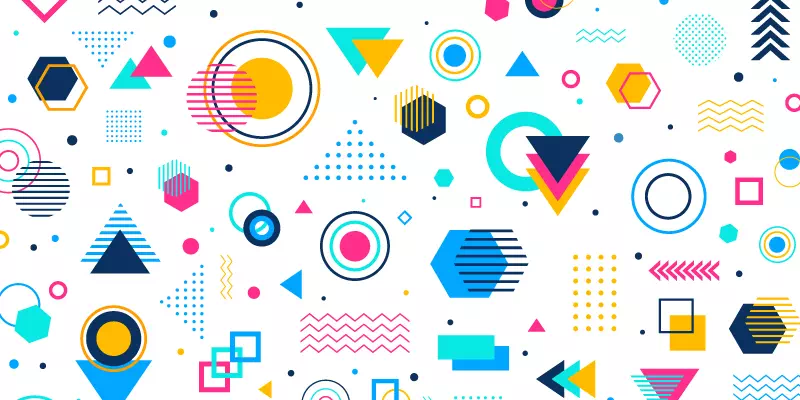
- Symbolic representations: Abstract shapes and negative space can have subjective and open-ended symbolic representations. They can represent ambiguity, creativity, imagination and the power of interpretation.
- Psychological impact and emotional response: Abstract shapes and negative space can call emotions of curiosity and contemplation. They can challenge the viewer’s perception and invite them to engage in active interpretation. The use of negative space can create a sense of balance, simplicity and elegance.
- Where can you use this? Abstract shapes and negative space offer opportunities for innovative and unique design approaches. The use of abstract shapes and negative space allows designers to play with visual perception. These elements are often employed in contemporary and minimalist designs to create a sense of sophistication and intrigue. They can also be utilized in advertising campaigns, where the use of negative space can draw attention to the central message or product.
Color Shape Interaction and Symbolism
Exploring the relationship between color and shape psychology reveals a fascinating interplay between visual elements and human perception. Colors evoke emotions and convey meanings, while shapes carry symbolism and suggest specific concepts. Combination of color and shape can enhance or alter the psychological impact of a design. By delving into this relationship, designers can create designs that not only capture attention but also evoke specific emotional responses and communicate messages effectively.
Creating harmonious and impactful designs with color-shape combinations is an art that blends aesthetics and psychology. Through selecting colors that complement and enhance the symbolic meanings of shapes, designers can evoke a profound emotional response in their audience. Harmonious color-shape combinations create a sense of balance and unity, while contrasting pairings can evoke dynamism and excitement. Effective use of color and shape interactions can guide the viewer’s attention and communicate the intended message. This thing helps to establish a strong brand identity.
Applying Shape Psychology in Graphic and Vector Design
Applying shape psychology in graphic and vector design is a powerful way to create visually impactful and engaging designs. Shape psychology offers valuable insights for creating compelling and meaningful graphic and vector designs.
Logo Design
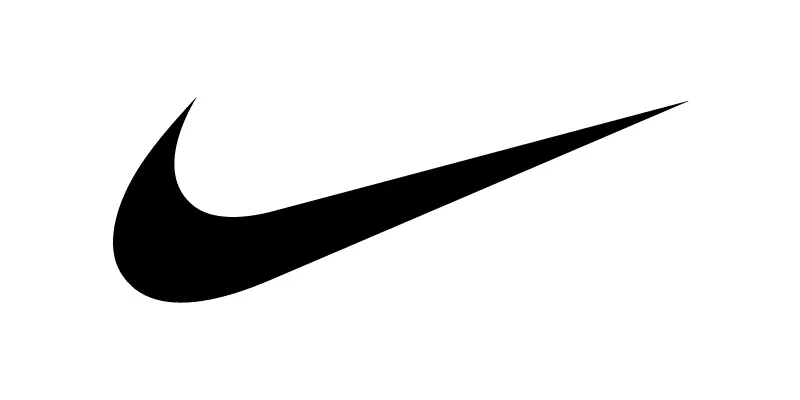
Shape psychology can be applied in logo design. It allows designers to leverage the power of shapes to effectively communicate brand identity and values. By understanding the psychological impact of different shapes, designers can create a logo that visually represents the brand’s personality, ethos and values. The right shape choices can establish a strong connection between the brand and its customers. Through skillful integration of shapes in logo design, designers can craft visually compelling and impactful logos that effectively communicate the essence of the brand.
Composition and Layout
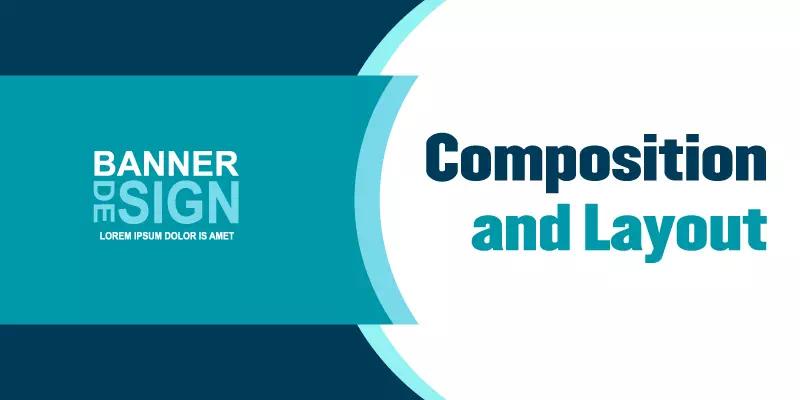
Applying shape psychology in graphic and vector design also extends to composition and layout. By utilizing shape-based design principles, designers can guide the viewer’s eye and create visually engaging compositions. Shapes play a crucial role in establishing visual hierarchy and creating a sense of harmony. Through the strategic use of shapes, designers can direct the viewer’s focus and convey a specific message. Whether it’s arranging shapes in a grid system or using shapes as frames, shape-based design principles allow designers to craft layouts that are aesthetically pleasing. They are visually impactful and effectively communicate the intended message.
Typography and Iconography

Applying shape psychology in typography and iconography, enables designers to enhance communication through strategic shape choices. The shape of letterforms in typography can evoke specific emotions and convey distinct meanings. Typography shapes play a crucial role in reinforcing the intended message and brand personality. In iconography, shapes are equally important to convey information quickly and effectively. By selecting appropriate shapes designers can enhance the communicative power of typography and iconography. Through a right shape the design can effectively capture attention, convey messages and leave a lasting impact on the audience.
Ethical Considerations in Shape Psychology
Ethical considerations play a significant role in shape psychology, particularly for designers who have the power to shape emotions and perceptions through their work. Designers have a responsibility to use shape psychology ethically, ensuring that their designs do not manipulate or deceive viewers.
It is essential to consider the potential impact of shapes on individuals. Designers should consider cultural, social and psychological factors. By promoting inclusivity and positive experiences, designers can create designs that enhance well-being and contribute to a more ethical and responsible design industry.
Conclusion
The impact of shapes on graphic and vector design is undeniable. Shapes have the ability to evoke emotions, convey meaning and guide the viewer’s perception. The power of shapes in graphic and vector design is immense. Harnessing this power can elevate the impact and effectiveness of design work.
We encourage designers to leverage the power of shape psychology to create meaningful and engaging designs. Shape selection and composition play a crucial role in visual storytelling, brand identity and user experience. By using shapes intentionally, designers can create designs that not only capture attention but also evoke desired emotions and effectively convey messages. So, let us embrace shape psychology as a tool to enhance our design work and create designs that leave a lasting impact on the viewers.

